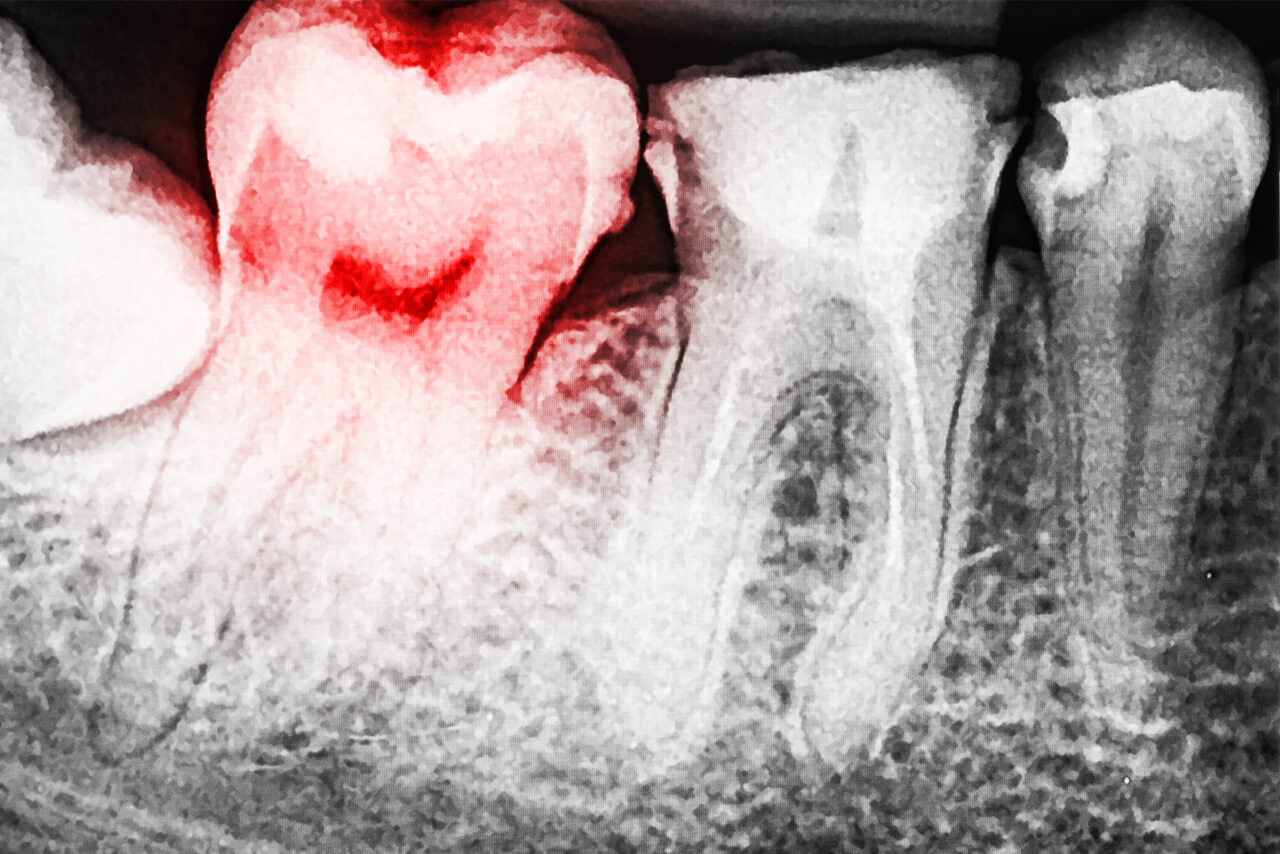Exposed Tooth Root

An exposed tooth root, also known as gum recession, is a common dental issue that can cause discomfort, sensitivity, and aesthetic concerns. When the gum tissue surrounding a tooth recedes, it can expose the root of the tooth, making it visible and potentially leading to a range of problems.
There are several reasons why an exposed tooth root may occur, including:
- Periodontal disease: This is a bacterial infection of the gums that can cause inflammation, recession, and eventual exposure of the tooth root.
- Aggressive tooth brushing: Brushing too hard or using a hard-bristled toothbrush can damage the gum tissue and cause it to recede.
- Poor oral hygiene: Failure to brush and floss regularly can lead to the accumulation of plaque and tartar, which can cause gum recession.
- Genetics: Some people may be more prone to gum recession due to their genetic makeup.
- Hormonal changes: Hormonal fluctuations during pregnancy, menopause, or other times can cause changes in the gum tissue, leading to recession.
- Tobacco use: Smoking and using other tobacco products can increase the risk of gum recession.
- Grinding and clenching: Habitual grinding and clenching of the teeth can put extra pressure on the gums, leading to recession.
Symptoms of an exposed tooth root may include:
- Tooth sensitivity: Exposed roots can be sensitive to hot and cold temperatures, sweet or sour tastes, and pressure.
- Discomfort or pain: The exposed root can be painful, especially when eating or drinking.
- Aesthetic concerns: The visible root can be unsightly and affect the appearance of the smile.
- Increased risk of decay: Exposed roots are more susceptible to decay and cavities.
To address an exposed tooth root, dentists may recommend the following treatments:
- Scaling and root planing: A deep cleaning procedure to remove plaque and tartar from the tooth and root.
- Gum grafting: A surgical procedure to cover the exposed root with healthy gum tissue.
- Dental bonding: A procedure to cover the exposed root with a tooth-colored resin.
- Crown or onlay: A restoration to cover the entire tooth, including the exposed root.
- Desensitizing toothpaste or varnish: To help reduce sensitivity.
Preventing an exposed tooth root requires good oral hygiene practices, including:
- Regular brushing and flossing: To remove plaque and tartar.
- Dental check-ups: Regular visits to the dentist to monitor gum health.
- Soft-bristled toothbrush: Using a soft-bristled toothbrush to avoid damaging the gums.
- Avoiding tobacco: Quitting smoking and avoiding other tobacco products.
- Managing stress: Finding ways to manage stress and avoid grinding and clenching.
In addition to these treatments, there are several home remedies that can help alleviate symptoms of an exposed tooth root, such as:
- Saltwater rinses: Rinsing with warm salt water to reduce inflammation and kill bacteria.
- Desensitizing mouthwashes: Using a mouthwash to help reduce sensitivity.
- Avoiding irritants: Avoiding acidic or spicy foods and drinks that can exacerbate sensitivity.
However, it’s crucial to consult a dentist before attempting any home remedies, as they may not be suitable for everyone and can potentially worsen the condition.
What are the main causes of an exposed tooth root?
+The main causes of an exposed tooth root include periodontal disease, aggressive tooth brushing, poor oral hygiene, genetics, hormonal changes, tobacco use, and grinding and clenching.
How can I prevent an exposed tooth root?
+Preventing an exposed tooth root requires good oral hygiene practices, including regular brushing and flossing, dental check-ups, using a soft-bristled toothbrush, avoiding tobacco, and managing stress.
What are the symptoms of an exposed tooth root?
+The symptoms of an exposed tooth root include tooth sensitivity, discomfort or pain, aesthetic concerns, and increased risk of decay.
By understanding the causes, symptoms, and treatments of an exposed tooth root, individuals can take proactive steps to prevent and address this common dental issue, ensuring a healthy and beautiful smile for years to come.
